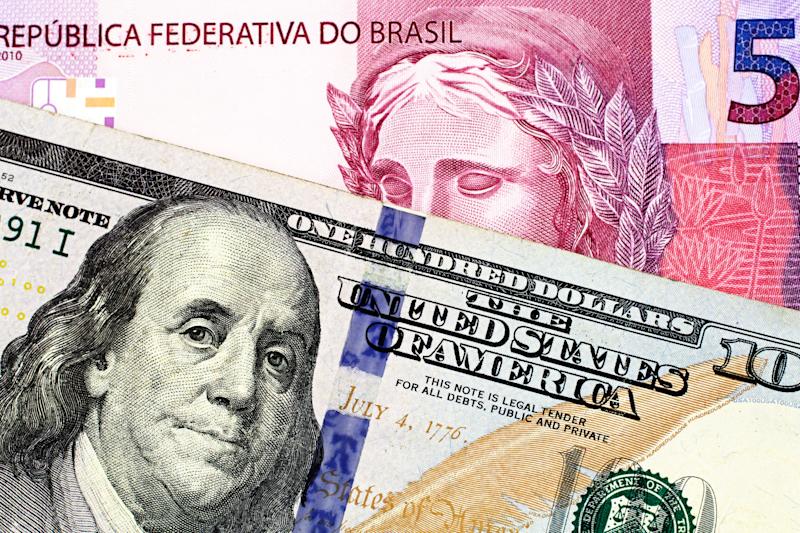RIO DE JANEIRO, BRAZIL – Even with the Federal Reserve (Fed), the US Central Bank, raising the basic interest rates in the United States again, the interest rates in Brazil went up even more and are high enough to stop the pressures that the adjustments in the biggest economy of the world could bring to the Brazilian exchange rate.
On March 16, the Fed raised US interest rates by 0.25 points, in the first increase since 2018. The rate, which had been at zero since the pandemic, now moves to a range of 0.25% to 0.50% per year.
Higher interest rates in the US amplify the remuneration of its bonds, the safest and most coveted globally, and usually suck there the money from other countries, especially riskier, emerging countries like Brazil. It tends to cause the dollar to strengthen and currencies like the real to lose value.

In Brazil, however, interest rates started to rise much earlier and much faster, opening a wide margin over competitors and, to some extent, helping to shield the dollar from extra hikes.
On Wednesday, the Brazilian Central Bank (BC) raised the basic domestic rate, the Selic, by one point, raising the benchmark interest rate to 11.75%, already one of the highest in the world.
It was the ninth increase since the pandemic began, which had already stretched the rate by almost 10 points since the worst moments of the health crisis when the Selic plunged as low as 2%.
With the notorious difference in the pace and intensity of adjustments in the two countries, what economists call the interest rate differential is widening rather than narrowing.
Currently, the gap between the interest rates charged by Brazilian and US bonds is at more than 10 points, according to a survey done by the rating agency Austin Rating for CNN Brasil Business, considering the 10-year bonds of each country. These are the largest differentials since 2016.
The wide gap ensures that the remuneration of Brazilian bonds is attractive enough to avoid capital flight and prevent further increases in the dollar.
Economists project that, at least for the next few months, the exchange rate should not escape much from the R$5 in which it has been running and may even rehearse moments below that.
“The Selic rate should still rise to 12.5% or 13% this year, while the Fed should continue to raise interest rates to close to 1.5%, 2% at most. It’s a lot of difference and attracts a lot of capital,” said the chief economist at brokerage Órama, Alexandre Espírito Santo.
“This gives a good comfort for Brazil, and the real may even appreciate more, with the dollar drilling the R$5 mark and seeking the R$4.95 or R$4.90 in the coming weeks,” he added.
“It’s as if we have some fat,” says Armor Capital chief economist Andrea Damico. “Brazil was one of the first to start raising interest rates; we raised it quite a bit, which now gives us this advantage among emerging and advanced countries.”
DOLLAR HIGHER IN THE SECOND HALF OF THE YEAR
According to her, the strong falls that the dollar has been registering since the end of last year when it went from a peak of almost R$5.80 to the current R$5 are already a reflection of these higher interest rates.
Now, she explains, factors that also help in the relief are added, such as the same increase in commodities, like oil and food, which is pressuring inflation: more expensive basic products in the world improve Brazilian exports and help bring more dollars in.
The period of relative tranquility in the exchange rate should not survive the second half of the year.
“In the second semester, the tendency should already be for depreciation,” says Andrea. “We will have the scenario of polarized elections. Both candidates should defend populist policies and more social spending, and there are still the Budget discussions (for 2023), which always give a certain heat.”
The economist estimates that the dollar will return to transiting between R$5.40 and R$5.50 in the second half of the year.
With information from CNN Brasil

